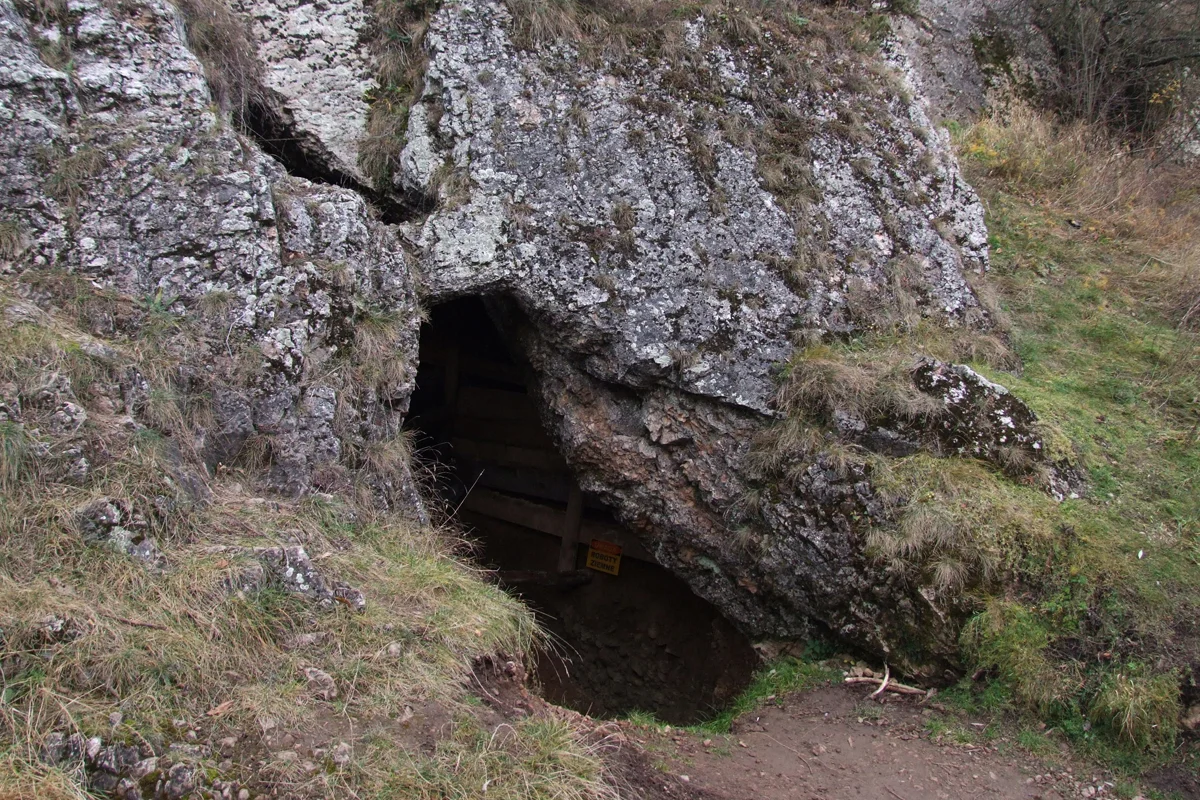A study of a Palaeolithic boomerang found in Poland’s Obłazowa Cave has been dated to 42,000 years ago, making the discovery the oldest example in Europe and potentially the world.
Carved from mammoth tusk and measuring 70 centimetres in length, the boomerang was first unearthed in Obłazowa Cave during the 1980s by Professor Paweł Valde-Nowak of the Institute of Archaeology at the Jagiellonian University in Kraków.
Obłazowa Cave is a 9-meter-long chamber located in the Przełom Białki nature reserve in Southern Poland.
Previous studies have identified ten layers of occupation within the chamber – six associated with the presence of Neanderthals and the remaining four showing activities of modern humans.

The boomerang was found in Layer VIII next to human bone and covered in red ochre dust (a pigment often associated with burial rites and spiritual symbolism), which at the time experts dated to around 30,000 years ago.
In a new study published in the journal PLOS ONE, researchers from the University of Bologna have now dated the boomerang to 42,000 years ago, linking the discovery with the much earlier Aurignacian culture, an archaeological industry of the Upper Palaeolithic.
According to the study authors, the revised dating, based on surrounding animal and human remains rather than the boomerang itself, now places Homo sapiens in the region at least 42,000 years ago, much earlier than previously assumed.
“These are the earliest representatives of Homo sapiens, who at some point took over vast areas of Europe. We therefore have a huge change of interpretation compared to previous analyses,” said Prof. Paweł Valde-Nowak.
The study was carried out as part of a grant from the European Research Council (ERC).
Header Image Credit : Science In Poland
Sources : PAP







